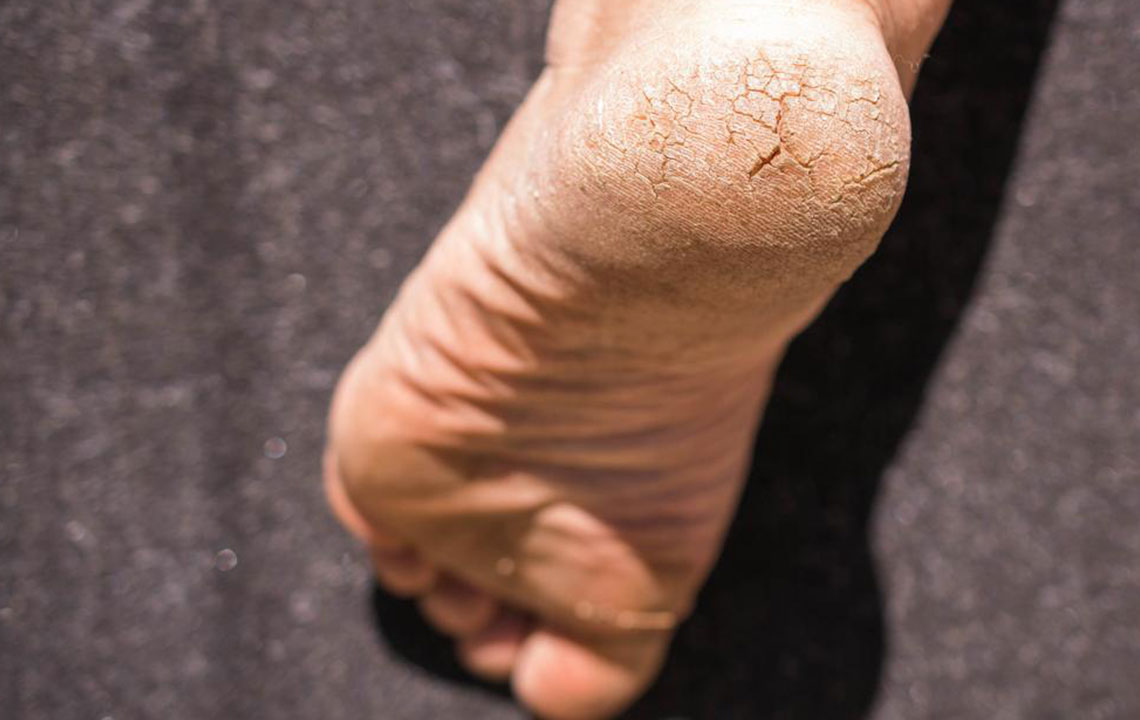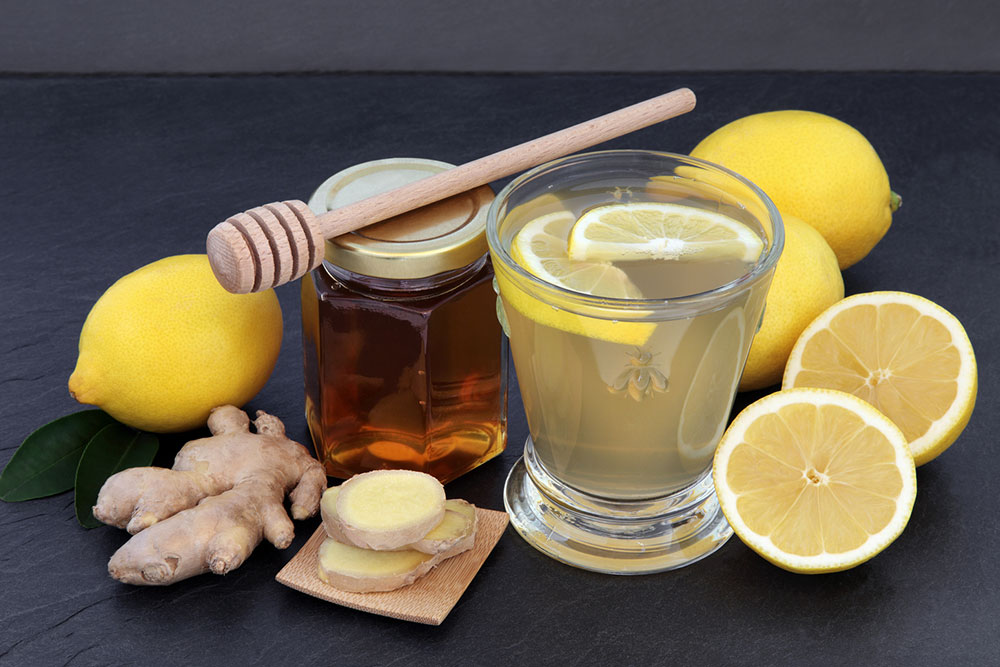Effective Natural Remedies to Alleviate Heel Discomfort and Pain
Discover comprehensive natural remedies to alleviate heel pain, including cold therapy, massage, stretching exercises, and dietary supplements such as turmeric and fish oil. These safe, home-based methods can effectively reduce inflammation, relieve discomfort, and promote healthy foot function. Ideal for those seeking non-invasive solutions, this guide provides practical steps to improve heel health and prevent future pain. Incorporate these natural strategies into your routine for lasting relief and better mobility, making heel discomfort a thing of the past.

Natural Solutions for Heel Pain Relief
Heel discomfort is a widespread condition that significantly impacts daily activities, particularly walking and standing. Many individuals experience heel pain in areas such as the heel itself, the arch, or the bottom of the foot. The discomfort often intensifies in the morning hours and can persist throughout the day, especially among those who frequently wear flat footwear shoes. Understanding the underlying causes and available natural remedies can empower individuals to manage heel pain effectively at home without relying solely on medication or invasive procedures.
Common causes of heel pain include acute injuries like sprains or fractures, as well as chronic conditions such as plantar fasciitis, heel spurs, arthritis, or Achilles tendinitis. These conditions result in inflammation, muscle strain, or structural issues in the foot that lead to persistent discomfort. Fortunately, numerous home-based, natural treatment options can provide relief and improve overall foot health. Implementing these remedies consistently can help reduce inflammation, relieve muscle tension, and enhance mobility.
Applying Cold Therapy for Fast Relief
One of the most effective natural remedies for heel pain is cold therapy. Cold packs help reduce inflammation, decrease swelling, and numb the affected area, providing quick relief from discomfort. To prepare a cold compress, take crushed ice and wrap it in a clean cloth or towel, avoiding direct contact with the skin to prevent frostbite. Gently apply the compress to the heel for about 15-20 minutes, repeating 2-3 times daily as needed. Alternatively, rolling a frozen water bottle under the foot can soothe pain and improve blood circulation. Always ensure to protect your skin when applying cold therapy and avoid excessive exposure to prevent cold burns.
Foot Massage and Self-Myofascial Release
Massaging the heel area can significantly reduce pain by loosening tight muscles and fascia, promoting better blood flow, and decreasing stiffness. Use warm oils such as coconut, sesame, or mustard oil for enhanced relaxation. Gently knead and apply pressure with your thumb or fingers on tender spots, moving in circular motions for about 10 minutes. Repeating these massages throughout the day, especially before bedtime, can provide sustained relief. Incorporating self-myofascial release techniques using massage balls or foam rollers designed for foot therapy can further release deep muscle knots and fascia restrictions, promoting faster healing.
Stretching Exercises to Strengthen Foot and Calf Muscles
Regular stretching routines are essential for improving flexibility, reducing muscle tightness, and preventing heel pain from recurring. Stand barefoot facing a wall, placing your hands on the wall for support. Step one foot back, keeping it flat on the ground and your heel in contact with the floor. Slowly lean forward, pressing your hips toward the wall, and feel the stretch in your calf muscles and heel. Maintain this position for 30 seconds, then switch legs and repeat up to 10 times per side. Incorporate toe stretches, Achilles tendon stretches, and plantar fascia stretches into your daily routine to enhance foot elasticity and relieve tension.
Soaking Feet in Epsom Salt for Anti-Inflammatory Benefits
An Epsom salt soak is a natural and soothing remedy to alleviate heel pain caused by inflammation. Dissolve 3 tablespoons of Epsom salt in warm water in a basin or foot bath. Submerge the feet and soak for 15-20 minutes, allowing the magnesium sulfate to penetrate the skin, relax muscles, and reduce swelling. After soaking, gently pat the feet dry and apply a gentle moisturizer or foot cream. Repeating this remedy 2-3 times per week can significantly help in decreasing inflammation and easing chronic heel discomfort.
Utilizing Turmeric for Its Anti-Inflammatory Properties
Turmeric, a popular spice known for its anti-inflammatory properties, can be a powerful natural remedy for heel pain. Prepare a golden milk by simmering 1 teaspoon of turmeric powder in a cup of milk for 4-5 minutes. Sweeten with honey if desired and consume twice daily. Regular intake of turmeric can help reduce systemic inflammation, support bone health, and promote healing of damaged tissues. For added benefits, turmeric supplements can be considered after consulting with a healthcare professional, especially if combined with other medications or supplements.
Omega-3 Fatty Acids from Fish Oil for Bone and Joint Health
Fish oil supplements, rich in omega-3 fatty acids such as EPA and DHA, have potent anti-inflammatory effects that can help decrease heel pain associated with arthritis, heel spurs, or other inflammatory conditions. Consuming approximately 3 grams of high-quality fish oil daily may assist in reducing swelling and pain. It is important to choose reputable brands and adhere to dosage recommendations. Before starting fish oil supplementation, consult your healthcare provider, especially if you are taking blood thinners, diabetic medications, or have other health concerns, to prevent potential interactions.
In conclusion, managing heel discomfort naturally involves a combination of cold therapy, massage, stretching, dietary remedies, and supplements. These holistic approaches foster healing, decrease inflammation, and improve foot strength and flexibility. If heel pain persists or worsens despite these measures, seeking medical evaluation is essential to rule out serious underlying conditions and explore advanced treatment options. Embracing these natural strategies can significantly enhance foot health and overall quality of life.





